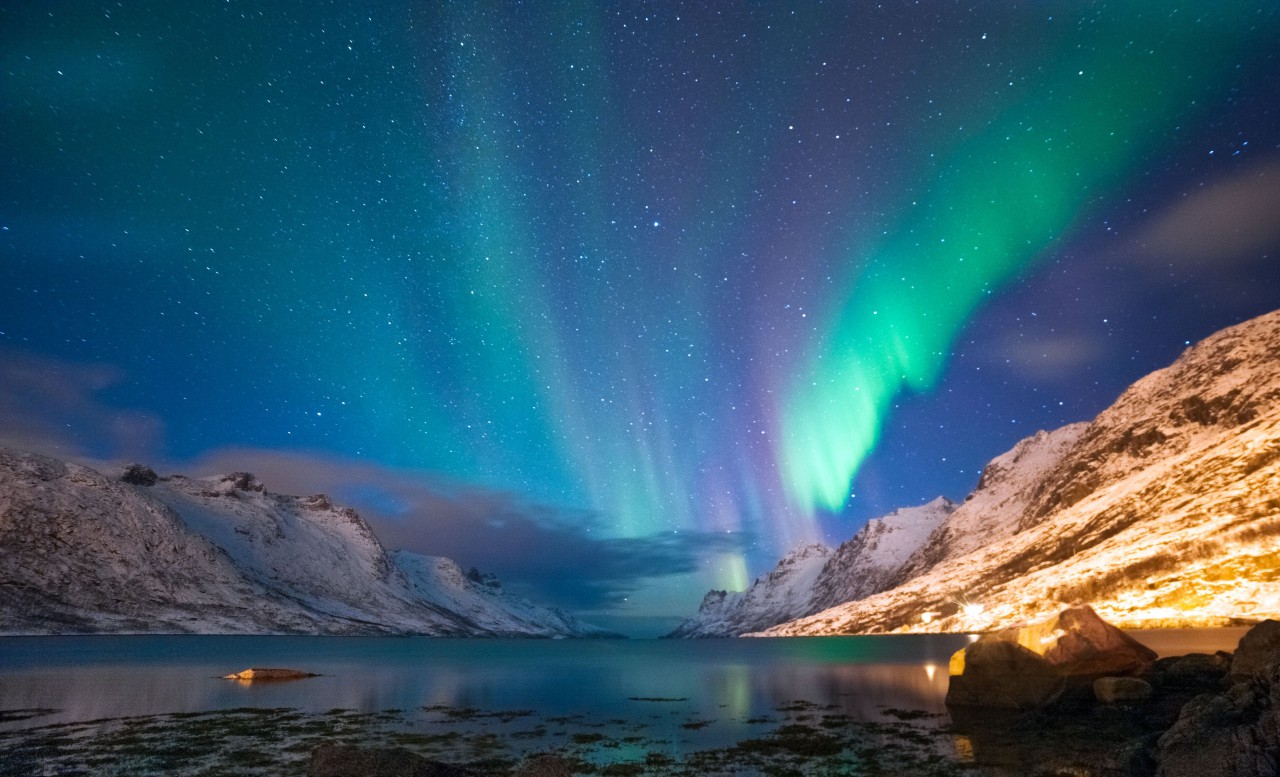Good time to see the Norway Lights.

For 2017/2018 what’s the forecasted best time to go?
Norway's peak season for the Northern Lights is between Northern Lights season is between November and February, though that's to do more with the long, dark nights than solar activity. Forecasting the northern lights means predicting solar activity, which is virtually impossible with our current technology.
However, what we do know is that the Northern Lights are best seen between 65° north and 75° North latitude; although the capital Oslo sits at just 60° N, northern Norway's latitude put it in the ideal position to experience the Northern Lights.
Displays of the Northern Lights do tend to intensify around the equinox months of September and March because of Earth’s tilt in relation to the sun.
Best places to see the Northern Lights
Northern Lights near Tromsø
Sitting at 69° N right in the centre of the aurora zone, the city of Tromsø is most popular place for Europeans to take a weekend break in winter just hoping for a glimpse of the Northern Lights. Although you can see them from the town, it's better to get away from the light pollution. The Lyngsalpene mountain range is where some Northern Lights chases take place.
Northern Lights near Trondheim
A fraction below the Arctic Circle at a latitude of 63° N, Trondheim in in central Norway marks the southern limit of the Northern Lights zone. Seeing them here is relatively rare, however, and they only occur during strong solar activity.
Northern Lights near Svalbard
Between mainland Norway and the North Pole, this island realm of fjords, glaciers, mountains and polar bears is, at 78° N, as far as you would want to go to see the Northern Lights. Stay in Longyearbyen, the world's northernmost town, and take organized dogsledding, snowmobile or snowcat adventures into the wilderness. You don't even have to do them by night to catch the Northern Lights; Svalbard's long Polar Night leaves it in darkness almost 24/7 from November to mid-February.